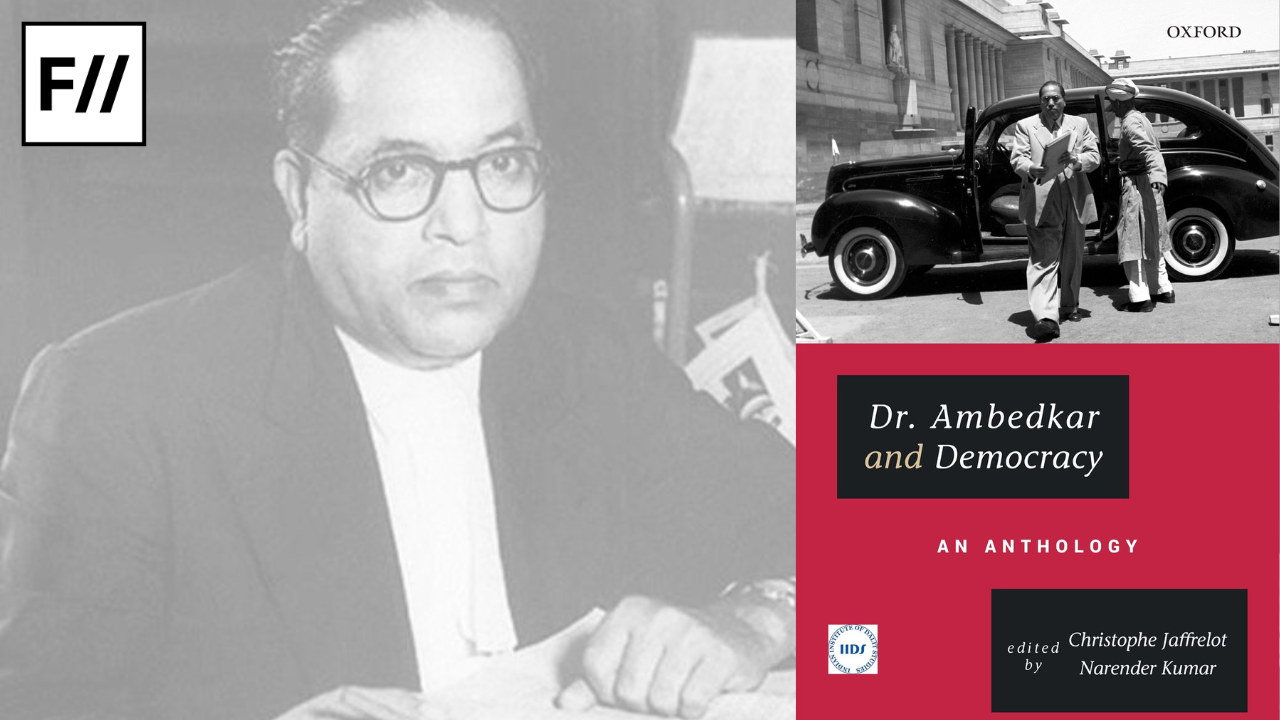The book at hand Dr. Ambedkar and Democracy: An Anthology argues that Ambedkar was equally a theorist and practitioner of liberal democracy. Christophe Jaffrelot and Narender Kumar, the editors of the book, have collected the most important writings of Dr. Ambedkar on democracy. A total of twenty-three writings are preceded by an introduction chapter which tells the reader about Dr. Ambedkar’s ideas on democracy in India. This chapter captures some of the rough and tumble in the long career of Dr. Ambedkar which spanned more than three decades. The foreword by Sukhadeo Thorat can be easily read by beginners.
Dr. Ambedkar went beyond the idea of ‘democracy as the best form of government’. For him, a successful political democracy depends upon economic and social democracy. These three are mutually interdependent. He clarified his position on the slogan of the French revolution- liberty, equality and fraternity. For this, he emphasised equality over liberty, and fraternity over equality. Thus, we see that he was trying to conceive of a democratic society where each human considers every other as his/her/their own.
Dr. Ambedkar first laid down the major and commonly understood facets of democracy like Parliamentary system, universal adult suffrage, separation of power among the executive, the legislature and the judiciary. He also spoke about the independence of the media from the influence of State and private enterprises. Democracy offered a framework for solving problems through deliberations. He looked at democracy as a transformative government to change the lives of citizens. In a democracy, the government needs to be more of the people and by the people than for the people.
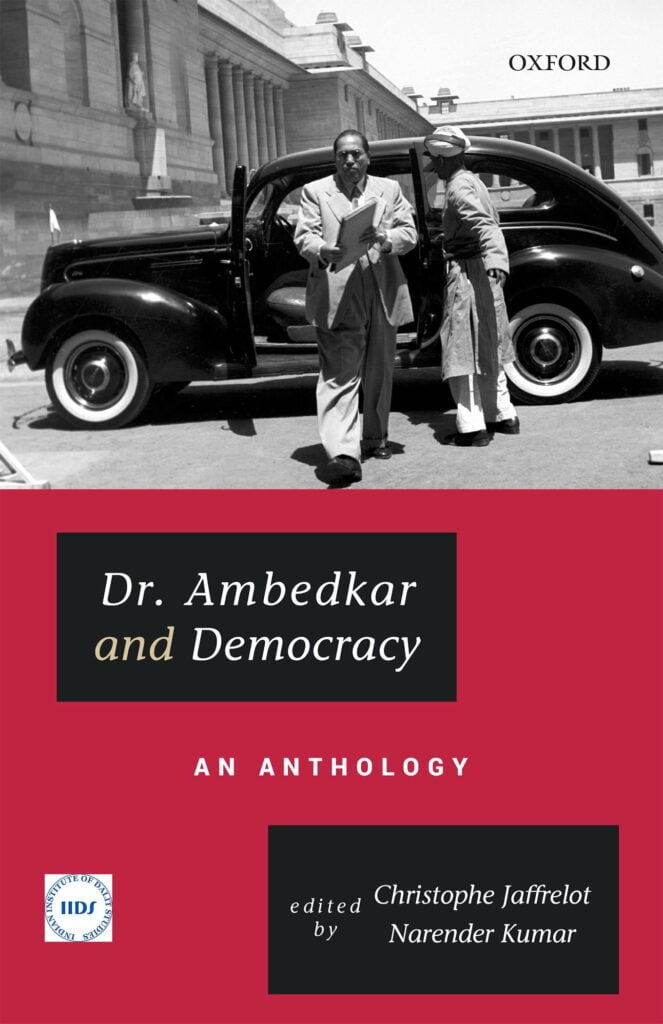
Dr. Ambedkar went beyond the idea of ‘democracy as the best form of government’. For him, a successful political democracy depends upon economic and social democracy. These three are mutually interdependent. He clarified his position on the slogan of the French revolution- liberty, equality and fraternity.
Also read: Dr. B R Ambedkar: A True Intersectional Feminist Thinker
For this, he emphasised equality over liberty, and fraternity over equality. Thus, we see that he was trying to conceive of a democratic society where each human considers every other as his/her/their own. consensus and trust would define an ideal democracy. He wanted socialist form of economy for economic equality; thus, melting the hatred of the rich against the poor. Economic inequality has to be as minimal as possible.
So, what is social democracy? Just like economic democracy aims for economic equality; social democracy aims for social equality. Society has to be free from caste and religious supremacy. He knew well that democratic institutions are or can be captured by the majority group to the detriment of minorities.
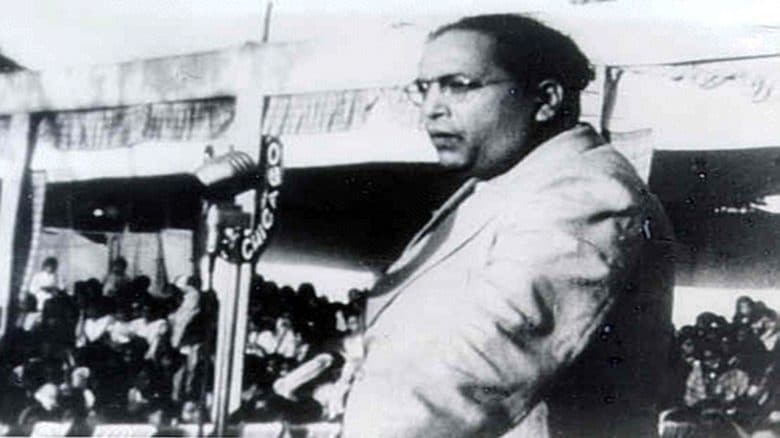
Most scholars understand minorities in India as just religious minorities, but for Dr. Ambedkar, any social group which faces discrimination and is economically backward should be called minority. He tried to convince the British government that Dalits should also be considered as a minority along the line of Muslims, Sikhs and Christians. These groups are not allowed to mingle freely with Hindus. What I liked most in this volume is the seriousness with which Dr. Ambedkar dealt with the question of minorities.
Dr. Ambedkar proposed acceptance of Buddhism as the biggest tool to spread democracy. For him, Hindus practise caste and untouchability, and one must leave this religion to be genuinely democratic. One must remember that caste is a religious institution among Hindus, while among non-Hindus it is just social. Ambedkar found conversion out of Hinduism as emancipation and asked his followers to be Buddhists.
Dr. Ambedkar knew even if we give representation as per population, all the minorities together cannot exercise enough power to bargain with the majority. Thus, he proposed that representation must be effective, not nominal. He was of the view that touchable Hindus, cannot represent minorities be they Dalits or other religious minorities. For this, he made various suggestions on electoral processes all along his life like separate electorates, qualified joint electorates and multi-member constituencies.
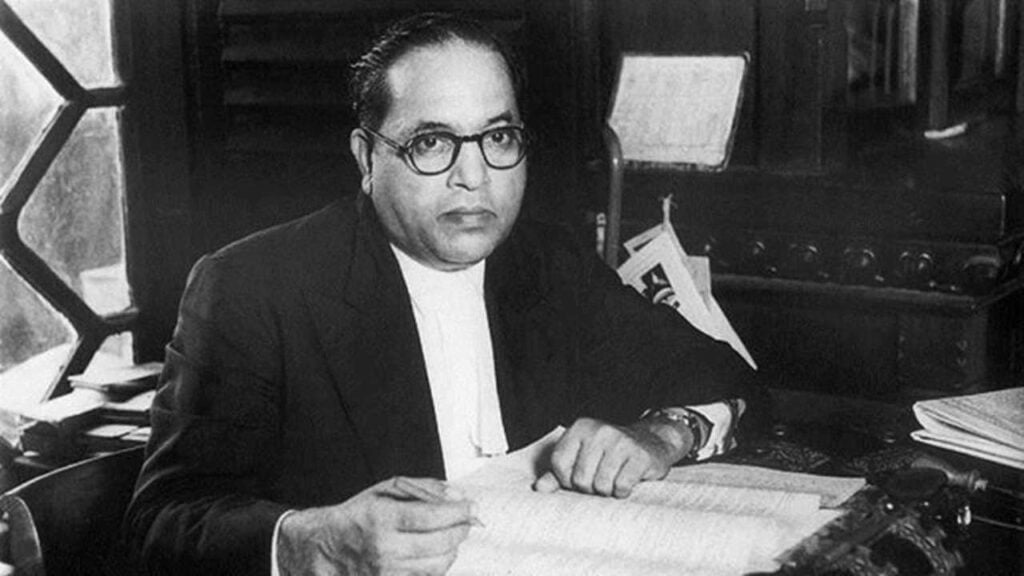
To lessen the power of absolute majority, he proposed that minorities must get representation beyond their population percentage. All minorities together will have the same power as the majority in terms of representatives in Legislatures. Similarly, he proposed that the Prime Minister and the members of the Cabinet should be elected by the whole House, comprising members both from majority and minority communities. The cabinet should have a member from each minority community so that minorities can have faith in the decision taken by the executive.
Also read: Book Review: Analysing Ambedkar: Towards An Enlightened India By Gail Omvedt
While presenting the case of untouchables for special representation, Dr. Ambedkar argued during the Southborough Committee in 1919, that Dalits required minority status as a separate social group. Gandhi ji claimed that Dalits are Hindus and must not get separate electorates. He pushed Dr. Ambedkar to accept reservation in Parliament in a diluted form as joint electorates via Poona Pact in 1932. Nevertheless, all along his life, Babasaheb kept on arguing the case of Dalits as a minority which deserves special safeguards. At one place, he asserts, “Rights of minorities should be absolute rights”. In this regard, his States and Minorities (1947) is extremely relevant till today.
Lastly, Dr. Ambedkar proposed acceptance of Buddhism as the biggest tool to spread democracy. For him, Hindus practise caste and untouchability, and one must leave this religion to be genuinely democratic. One must remember that caste is a religious institution among Hindus, while among non-Hindus it is just social. Ambedkar found conversion out of Hinduism as emancipation and asked his followers to be Buddhists.
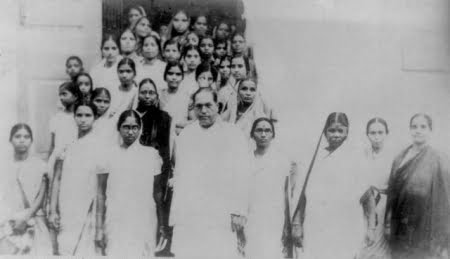
This volume stands as a bulwark against the onslaught of neoliberal Hindutva and its propaganda. Almost whatever Dr. Ambedkar apprehended that democracy taking a majoritarian turn has come true.
Also read: How Reading Ambedkar Made Me Understand Feminism Better
The only limitation in this volume is the absence of Ambedkar’s excerpts on gender equality as a marker of democracy. His much popular text Annihilation of Caste supports inter-community marriages. Despite this absence, the book must find its way in the shelves of all those who want to understand Dr. Ambedkar and his ideas.
